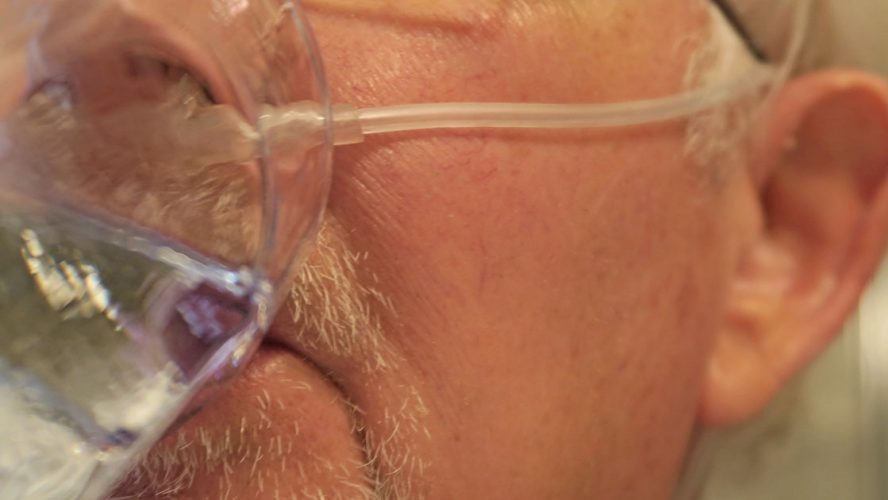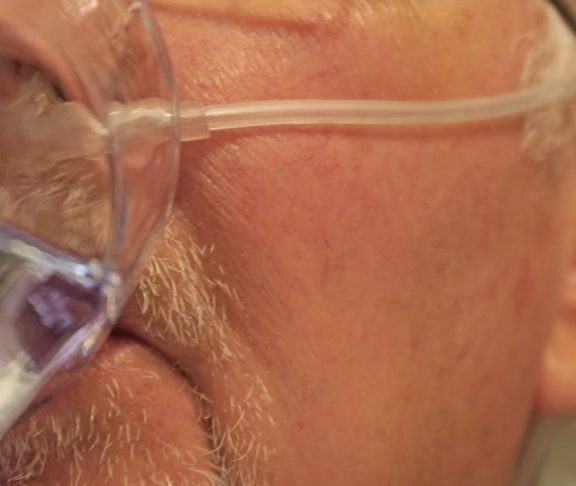Pulmonary fibrosis (PF) is a progressive, debilitating lung disease that scars the lung tissue, and affects more than 200,000 Americans. A timely diagnosis is crucial for treatment.
PF is more likely to occur in those who are 60 years and older. Individuals with a history of smoking are also at risk. While over 50,000 new cases are diagnosed annually, the disease remains largely unknown and incurable. In fact, nearly nine in 10 Americans do not know the symptoms; shortness of breath, fatigue, and a dry, chronic cough, according to the Pulmonary Fibrosis Foundation (PFF). These symptoms are common and are often attributed to other causes and can appear mild in the early stages. As a result, all symptoms can lead to late-stage diagnoses.
Early diagnosis is key
Since PF is a debilitating, life-threatening disease, a precise and early diagnosis is highly important. However, for PF patients, the road to diagnosis can be long and difficult. Too often, the disease goes misdiagnosed or takes months to years to identify. And, many patients have never heard of the disease until they get the diagnosis. Pinpointing symptoms and taking action early by starting conversations with your doctor are key. Doing so will maximize treatment options and improving patient outcomes.
Pinpoint PF
To help improve patient diagnosis and care, the PFF launched a public awareness and education campaign entitled “Pinpoint PF” to help patients pinpoint risk factors and symptoms early. “Our goal with the campaign is to further increase visibility of PF and to drive home the importance of early diagnosis,” said William T. Schmidt, PFF President and CEO.
“Pinpoint PF” encourages at-risk patients and caregivers to visit AboutPF.org to learn more about the disease. There, patients will find a PF Risk List of symptoms and risk factors to take to their next doctor’s appointment. To help facilitate a clear diagnosis, it’s important to ask your doctor to listen for crackles in your lungs, which can be indicative of PF, and to ask about pulmonary function and high-resolution computed tomography (HRCT) tests.
AboutPF.org also offers a way to find a local pulmonologist through the PFF Care Center Network, which includes vetted medical centers with experience in the diagnosis and treatment of PF. A knowledgeable team of PF experts can help make sure you receive an accurate diagnosis and the most up-to-date treatments and symptom management recommendations, which include oxygen therapy, pulmonary rehabilitation, the use of medications and lung transplantation.

